UnSilenced: Celebrating Martin Luther King Jr.’s Legacy
Alex Lim / The Exonian
By MADDIE BARRETT, ALEXA MOREL, CHLOE LIND, and SOPHIE ZHU
As a student-led performance, the directors of UnSilenced worked to coordinate every aspect of the show. For senior Bella Bueno, this year’s production was her second year as director. She and the rest of the directors have been working tirelessly all year. “As a director we start in the fall with a lot of planning and logistics; where is the show, when will the show be, do we want a theme, etc.,” Bueno explained. “Near the end of fall term, we began looking for performers, making posters, and sending out emails to gauge interest. Once we came up with a performer list (with a variety of different art mediums), we planned a first meeting with everyone to help them create their piece and understand the logistics of the show, rehearsals, etc.”
The directors continued to work even during the break, along with the performers, who worked to perfect their performances. In past years, coordinating schedules amidst students’ academic workloads and midterms proved difficult. UnSilenced faculty advisor Liz Calandra remarked, “Scheduling is always a challenge. Everyone on this campus is busy, so it can be hard to get us all in the same room together. But, we do the best we can and make the most of the time we have.”
Unlike previous years, this year’s UnSilenced was not centered around a specific theme, opting instead to embrace the overarching idea of speaking out and amplifying underrepresented voices. “Last year, we adopted the MLK committee’s theme of ‘Black Pain and Resistance,’” Bueno expressed, “But this year, we were working more towards the main theme of being UnSilenced, and speaking out.”
For their fundraiser this year, the committee was moved by the fires in the Los Angeles area. “This year, after seeing how many communities were impacted and had their homes destroyed by the LA fires, we felt that supporting those communities was the best fundraiser,” stated Bueno.
The extensive planning of the event came with inevitable obstacles. “The most challenging aspect of directing this show is probably tying all the pieces together. Everyone has a different piece, different art, and a different story to tell. As a director, you help each individual component while trying to tie it all together,” remarked Bueno. Despite the hardships that came with planning such a grand-scale event and coordinating multiple acts, “The most rewarding part was getting to watch the show at the end. All these performers put in so much hard work and dedication to the production (including reading my countless emails to them),” said Bueno.
Calandra also touched on the scheduling challenges the MLK UnSilenced committee faced: “Scheduling is always a challenge. Everyone on this campus is busy so it can be hard to get us all in the same room together. But, we do the best we can and make the most of the time we have.”
Upper Olivia Pierre, an assistant director this year, recalled her proudest moment during the process: “I remember being on stage with flowers for Bella, as Anushka and I had been coordinating this. That was my favorite moment of the show. She put in so much hard work, so I think that was the best part. Just having her be acknowledged for the sheer amount of work that she put in.
For all students and faculty involved in planning UnSilenced, finally seeing the show come together was an unforgettable experience. For Calandra, she hoped that students would see the impact of art through this performance. “Art and performance art can be an effective tool in making change happen. Also, students’ voices matter. Specifically, if they are struggling with how slowly change can happen, channeling that into art can not only help them but show a positive outcome when others see or hear their art as well. I hope adults who came to see the show take away a similar thing but also the thought that empowering our students to use art as an outlet can be effective not only for themselves but for enacting change within a community.”
Art is fundamentally activism. “Art isn’t just a hobby. It can be a career, a mental health outlet, and an avenue for change. Some of the most successful civil rights movements used music, art, and dance to reach people and spread the word about their cause. It is one of the most effective ways to reach many people, so by our school having that, not only does it highlight art as a way for activism, but it also allows our students to start that activism right on our stages,” Calandra explained.
UnSilenced has and will continue to play a vital role in shaping school culture, showcasing the power of storytelling and creativity and serving as a platform for the underrepresented. It will continue to inspire our community to speak out, listen, and drive meaningful change.

